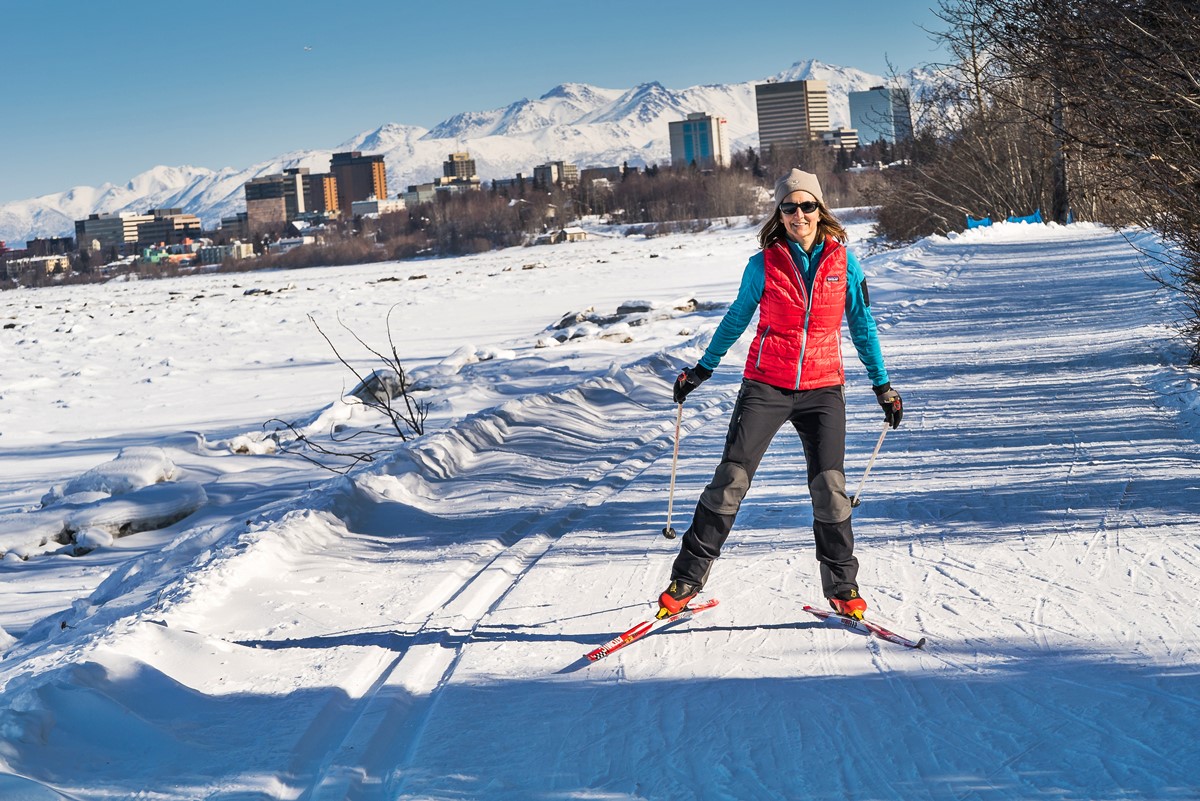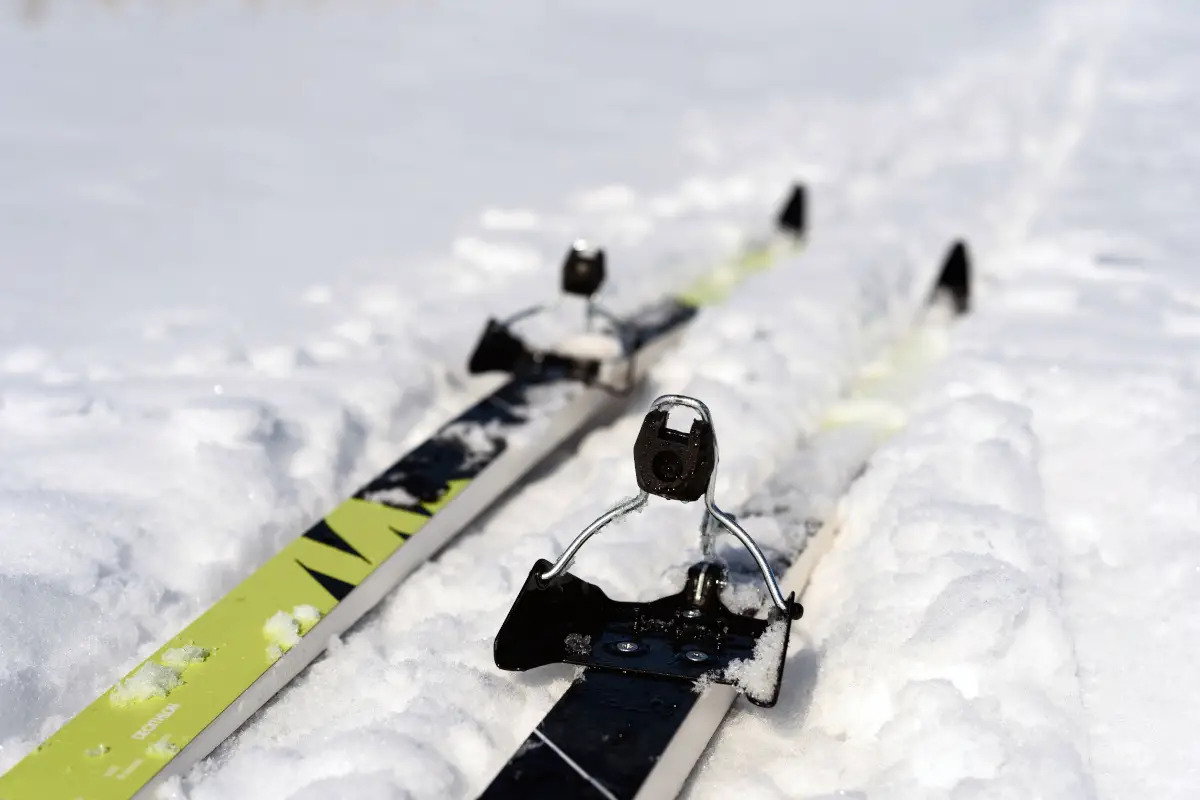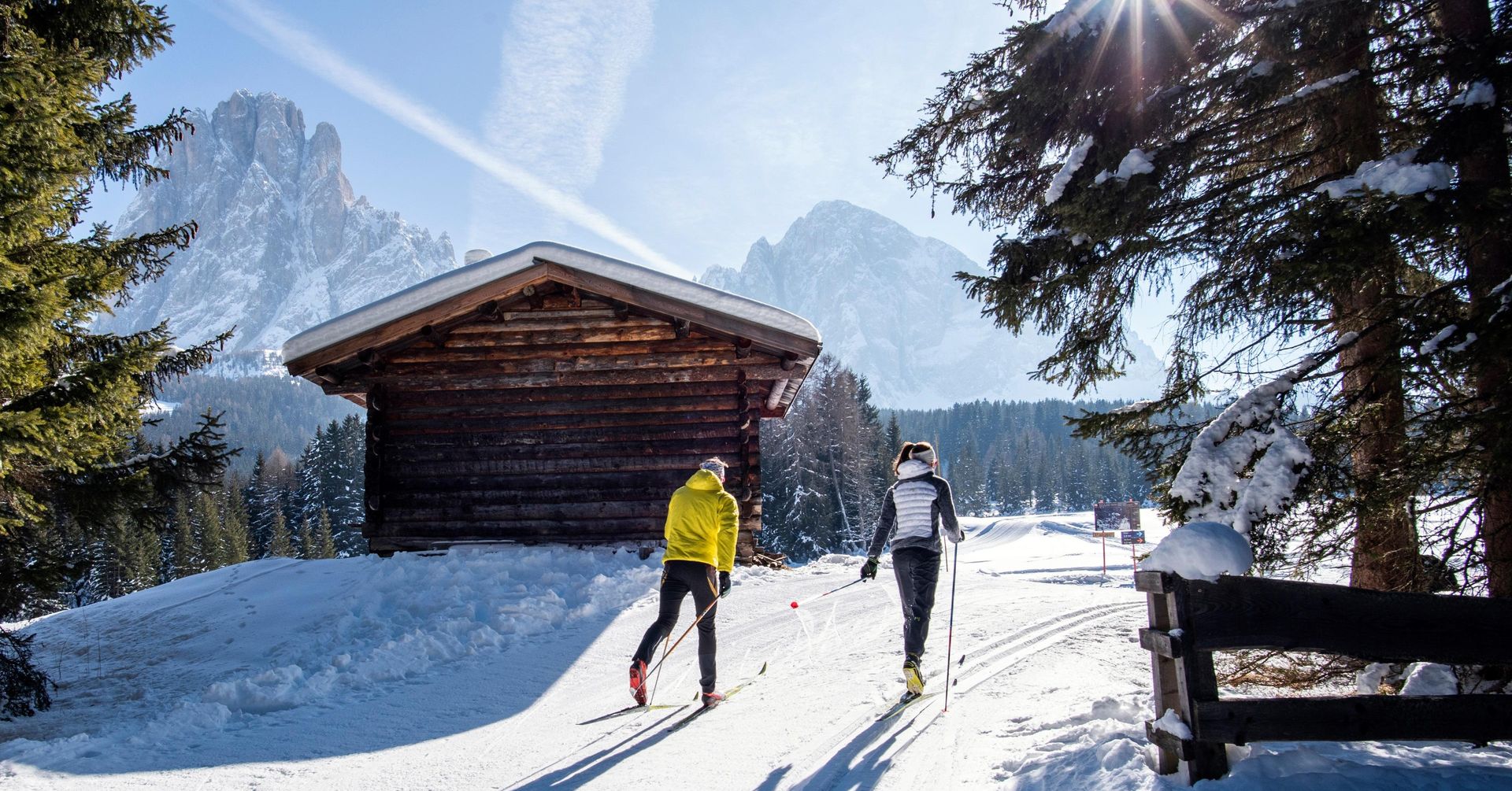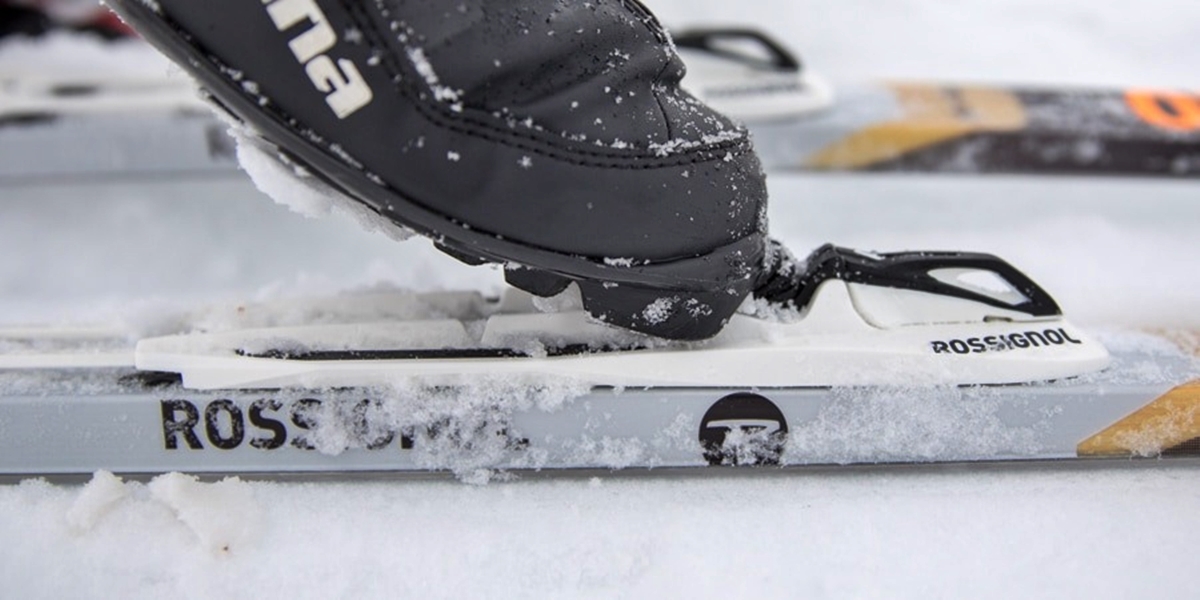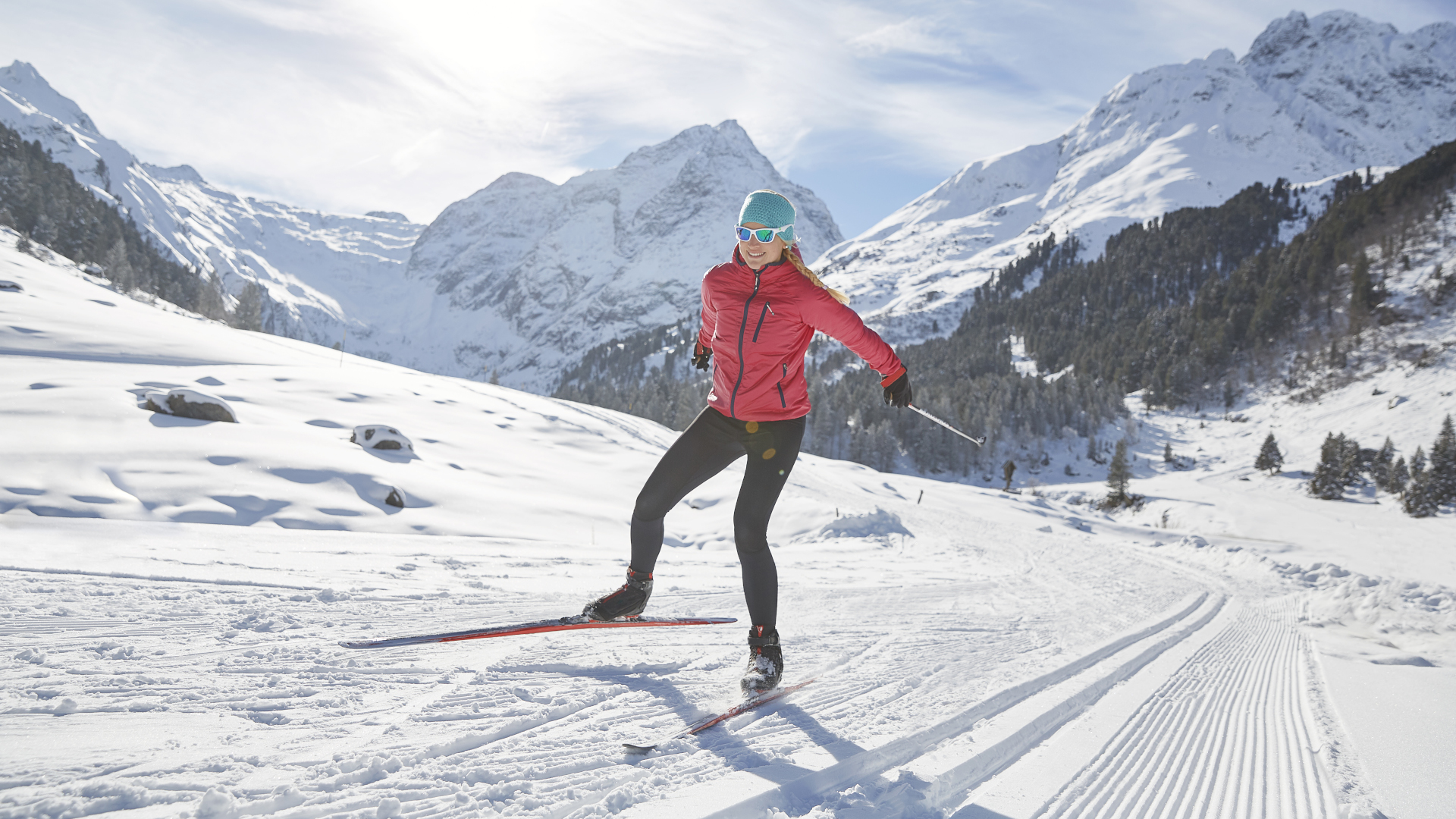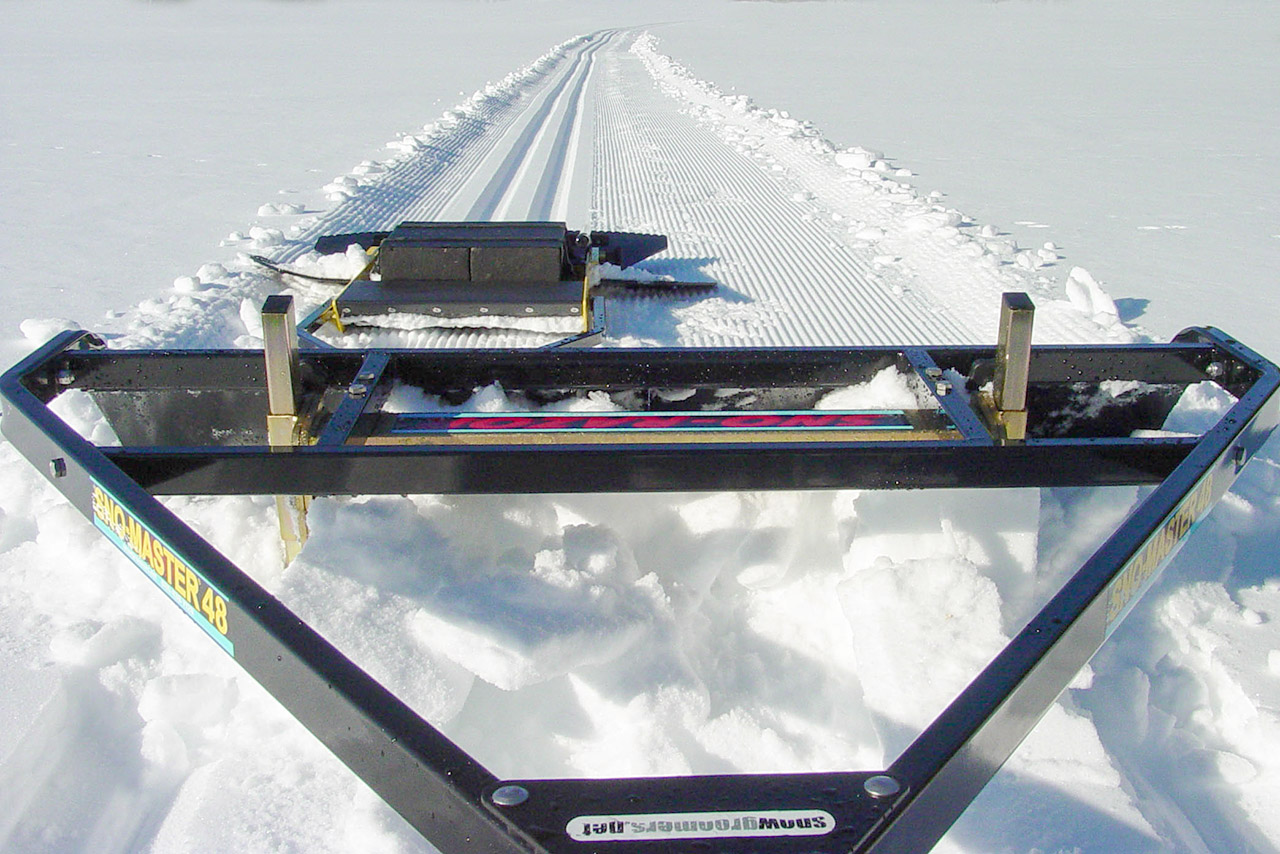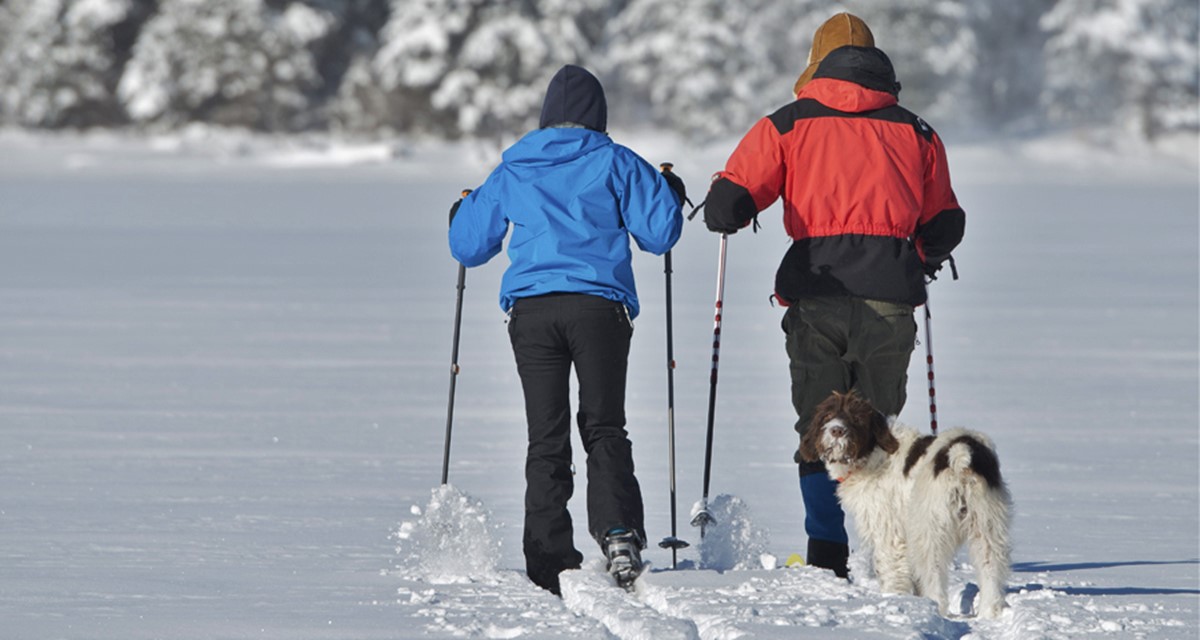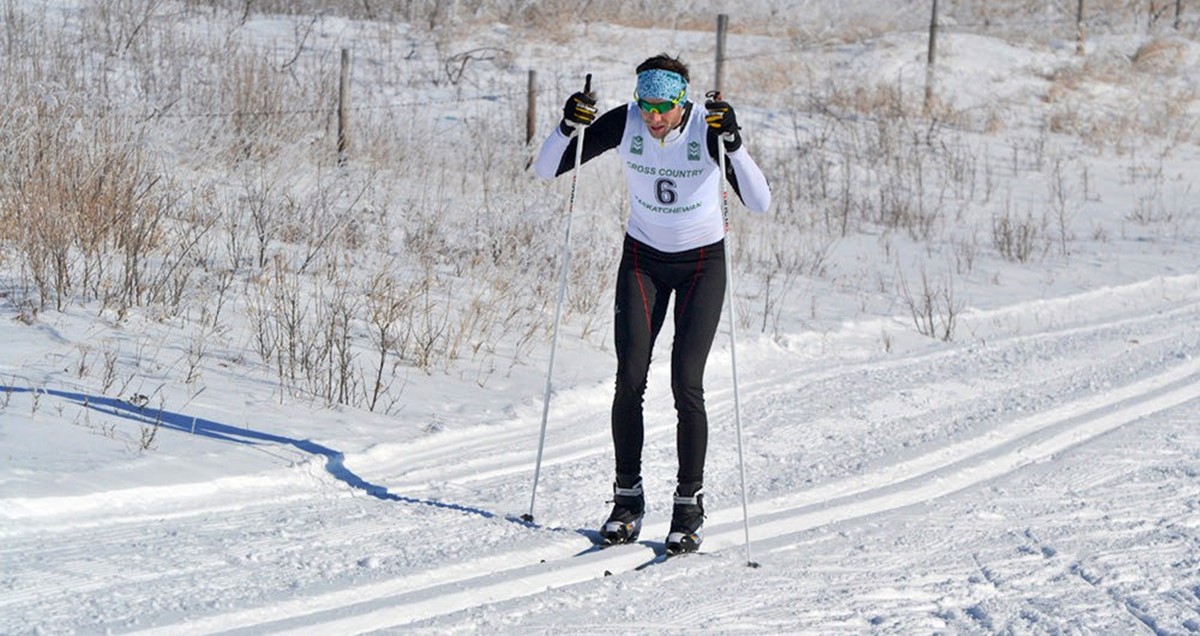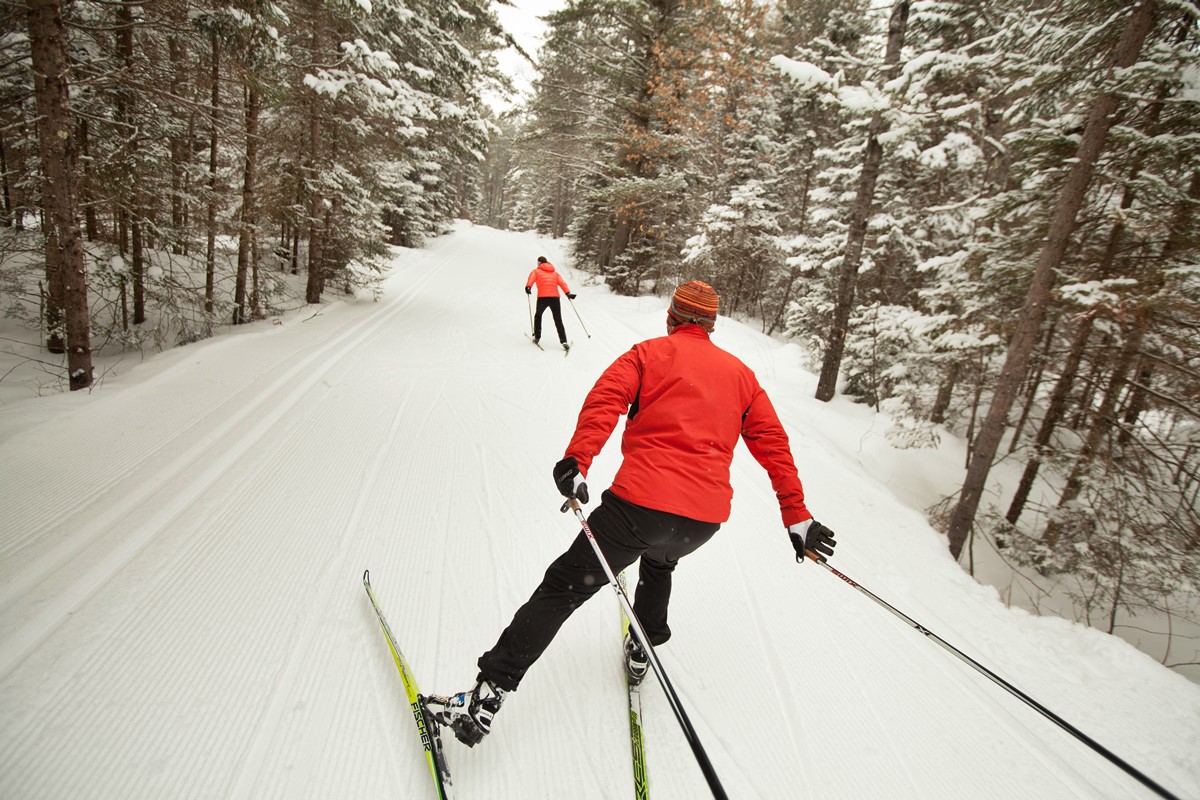Home>Misc>Featured>How To Fall Down And Get Up Safely Cross Country Skiing
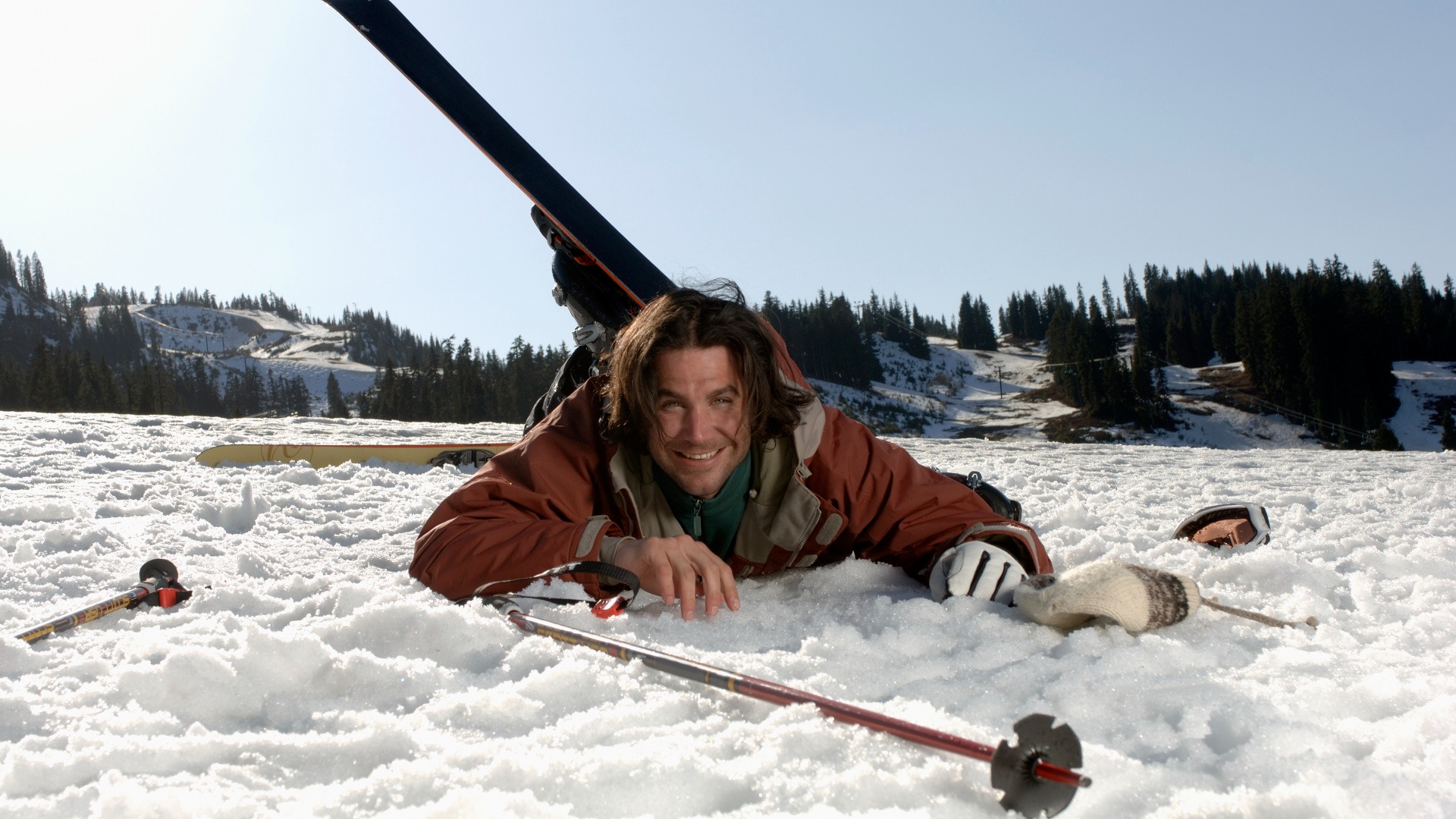

Featured
How To Fall Down And Get Up Safely Cross Country Skiing
Modified: January 2, 2024
Learn how to safely fall down and get back up while cross country skiing in this featured guide.
Introduction
When it comes to cross country skiing, it’s not uncommon to experience falls from time to time. Whether you’re a beginner or an experienced skier, the icy and unpredictable nature of the terrain can make it challenging to stay upright. However, with the right techniques and precautions, you can learn how to fall down and get up safely, minimizing the risk of injury and enjoying your skiing journey to the fullest.
Understanding the basics of cross country skiing is essential before diving into the art of falling and getting up. Unlike downhill skiing, which focuses on speed and downhill descents, cross country skiing is characterized by gliding across flat or hilly terrain using the power of your own legs. This sport offers a unique combination of endurance, balance, and agility, making it a popular choice for outdoor enthusiasts.
Before hitting the trails, it’s crucial to assess your surroundings. Is the path groomed and well-maintained, or is it rough and uneven? Are there any obstacles or hazards nearby that could pose a risk? Taking a moment to survey the area can help you anticipate potential challenges and adjust your skiing technique accordingly.
Preparing yourself for a fall is equally important. Just as you wouldn’t step onto a bike without a helmet, being equipped with the proper gear can make a significant difference in ensuring your safety on the slopes. Wearing a well-fitted helmet, goggles, layers of clothing, and sturdy boots can provide protection and insulation against the harsh winter conditions.
In this article, we will delve into the essential techniques for falling down and getting up safely while cross country skiing. From mastering falling techniques to safeguarding your head and limbs, we’ll guide you through the step-by-step process of recovering from a fall and getting back on your skis. So, grab your gear, tighten those bindings, and let’s explore how to navigate the world of cross country skiing with confidence and grace.
Understanding the Basics of Cross Country Skiing
Before we dive into the specifics of falling down and getting up safely while cross country skiing, let’s take a moment to understand the fundamentals of this exhilarating sport. Cross country skiing, also known as Nordic skiing, is a popular winter activity that offers a unique blend of fitness and exploration.
Unlike its downhill counterpart, cross country skiing focuses on endurance and technique rather than speed. It involves gliding across snowy or icy terrain using a skiing technique known as the classic style or the skate style. The classic style consists of a diagonal stride, where the skis move parallel to each other in a forward motion, while the skate style involves a side-to-side motion similar to ice skating.
One of the main advantages of cross country skiing is its versatility. Whether you prefer groomed trails, backcountry adventures, or even urban environments, there’s a style of cross country skiing that suits your preferences. Classic skiing is ideal for beginners and those who enjoy a more leisurely pace, while skate skiing caters to those seeking a more intense workout and faster speeds.
Proper technique is crucial for efficient and enjoyable cross country skiing. It’s essential to maintain a well-balanced stance, with a slight forward lean to engage the ski’s grip and glide zones effectively. Distributing your weight evenly between both skis while propelling yourself forward with a rhythmic, fluid motion allows for efficient forward movement.
As you become more experienced, you’ll learn to navigate different types of terrain, including uphill climbs, downhill descents, and flat sections. Uphills require a consistent push from your legs, while descents require controlled gliding and weight shifting. Flat sections provide an opportunity to find your rhythm and focus on perfecting your technique.
In addition to technique, it’s important to familiarize yourself with the equipment used in cross country skiing. Skis, boots, and bindings for cross country skiing are significantly different from downhill skiing equipment. Cross country ski boots are usually lightweight and flexible, allowing for a natural stride and enhanced ankle movement. The bindings attach the boots to the skis and come in various styles, such as the classic NNN (New Nordic Norm) binding or the skate-specific SNS (Salomon Nordic System) binding.
Finally, it’s worth mentioning that cross country skiing is not just a winter sport. With the emergence of roller skis and indoor ski simulators, enthusiasts can continue to enjoy cross country skiing year-round. These alternatives mimic the skiing motion and provide a great opportunity for training and technique improvement outside of the snowy season.
Now that we’ve covered the basics of cross country skiing, let’s move on to the next chapter, where we’ll explore how to assess your surroundings to ensure a safe and enjoyable skiing experience.
Assessing Your Surroundings
Before embarking on your cross country skiing adventure, it’s crucial to take a moment to assess your surroundings and ensure a safe and enjoyable experience. By understanding the terrain, weather conditions, and potential hazards, you can make informed decisions and adjust your skiing technique accordingly.
The first step in assessing your surroundings is to examine the trail conditions. Is the trail groomed and well-maintained, or is it rough and uneven? Groomed trails provide a smoother surface for skiing and are typically easier to navigate. They are often marked and have designated tracks for classic skiing. On the other hand, backcountry skiing offers a more adventurous experience but requires heightened caution due to unmarked and potentially hazardous terrain.
Along with the trail conditions, it’s important to consider the weather. Snowfall, temperature, and wind can significantly impact the skiing experience. Freshly fallen snow can create soft and deep snowpack, while icy conditions can make for a slippery and challenging terrain. Be aware of changing weather conditions and adjust your skiing plans accordingly.
Another aspect to assess is the presence of potential hazards. Are there any obstacles, such as fallen trees, rocks, or uneven terrain, that could pose a risk? These hazards may not be immediately visible, so it’s important to stay alert and scan the trail ahead. Remember to always ski within your skill level and avoid areas that are beyond your capabilities.
In addition to physical hazards, it’s important to be aware of other skiers and trail users. Cross country skiing trails are often shared with snowshoers, hikers, and even dogs. Practice proper trail etiquette by yielding to faster skiers, announcing your presence when overtaking, and respecting designated uphill and downhill sections. Being mindful of others ensures a harmonious skiing experience for all.
Lastly, consider the availability of facilities and resources in the area. Are there nearby restrooms, warming huts, or emergency contact points? Familiarize yourself with the amenities and services available to make your skiing trip more comfortable and convenient. It’s also a good idea to carry a cell phone, trail map, and a basic first aid kit in case of emergencies.
By taking the time to assess your surroundings, you can better prepare yourself for the conditions and potential challenges you may encounter while cross country skiing. This knowledge empowers you to make informed decisions, adapt your skiing techniques, and ultimately have a safer and more enjoyable experience on the trails.
Preparing Yourself for a Fall
While it’s always preferable to stay on your feet while cross country skiing, falls are a natural part of the sport. Preparing yourself for a fall can help reduce the risk of injury and ensure a smoother recovery. By focusing on your technique, wearing appropriate gear, and maintaining a calm and composed mindset, you can minimize the impact of a fall and get back on your skis with confidence.
First and foremost, practicing proper skiing technique is vital in preventing falls. Maintaining a good balance, distributing your weight evenly, and keeping your movements controlled and steady can greatly reduce the chances of losing your balance. Strengthening your core muscles and improving your balance through specific exercises can also enhance your stability on the skis.
In addition to technique, wearing the right gear is crucial for fall prevention. Start with a properly fitted helmet to protect your head from potential impacts. Opt for layers of clothing that provide insulation and moisture-wicking properties, as excessive perspiration can make you more susceptible to falling. Make sure your boots are securely fastened and provide ankle support to help maintain stability.
Maintaining a calm and composed mindset can also make a difference in preventing falls. Anxiety or excessive tension can lead to stiff movements and poor balance. Stay relaxed and flexible, allowing your muscles to adapt to the changing terrain. Trust in your abilities and focus on the joy of skiing, rather than worrying about falling.
Lastly, it’s crucial to be aware of your limits and ski within them. Pushing yourself beyond your skill level increases the likelihood of falls and injuries. Gradually progress your skiing abilities and familiarize yourself with different terrain and conditions. Take lessons or seek guidance from experienced skiers to improve your technique and build your confidence on the skis.
By preparing yourself mentally and physically for a fall, you can ski more confidently and enjoyably. Remember that falls happen to even the most experienced skiers, and treating them as learning opportunities rather than setbacks can help you grow in the sport. So, gear up, get ready, and let’s dive into the next chapter on falling techniques.
Falling Techniques
Despite our best efforts, falls are inevitable when cross country skiing. It’s important to learn proper falling techniques to minimize the risk of injury and protect yourself during a fall. By understanding how to position your body and react during a fall, you can navigate through the experience with greater control and confidence.
When you feel a fall is imminent, it’s crucial to first assess the situation. Look around to ensure you won’t collide with any objects, skiers, or trees. If there is enough space, try to gradually slow down by gently steering your skis to the sides. This can help reduce the impact of the fall.
If you can’t avoid the fall, aim to fall on your side rather than face-first or backward. Falling on your side reduces the risk of injury to your head and spine. As you go down, try to relax your body as much as possible to absorb the impact and avoid tensing up, which can increase the chances of injury.
As you fall, position your arms and hands in a protective manner. Extend them slightly in front of you and keep your palms facing down to help cushion the impact. This can also prevent your hands from getting caught in your ski poles or bindings.
When you make contact with the ground, try to roll with the motion to distribute the impact across a larger area of your body. Avoid landing on your outstretched hands or wrists, as this can lead to sprains or fractures.
Once you’ve fallen, take a moment to assess your condition and check for any injuries. If you feel able, gently remove your skis to prevent them from getting tangled and hindering your movements.
Learning how to fall correctly is essential, but equally important is knowing when to let go of your skis. In some situations, it may be safer to release your skis to prevent them from getting caught in deep snow or tangled up in uneven terrain. Learn the proper technique for disengaging your skis, such as pushing the binding lever downwards or twisting your foot to release the attachment.
While falling is never pleasant, understanding and practicing falling techniques will give you the confidence to navigate through the occasional spills that occur in cross country skiing. So, fear not the fall, but embrace the opportunity to learn and grow as you continue your skiing journey.
Protecting Your Head and Limbs
When it comes to cross country skiing, protecting your head and limbs is of utmost importance. Falls can happen unexpectedly, and taking precautions to safeguard these vital parts of your body can minimize the risk of injury and ensure your safety on the trails.
Let’s start with the head. Wearing a properly fitted helmet is essential for protecting your skull and brain from potential impacts. Choose a helmet specifically designed for winter sports and ensure it meets safety standards. The helmet should fit snugly but comfortably on your head, covering the entire forehead and the back of your head.
In addition to a helmet, proper eyewear is necessary to shield your eyes from the elements. Goggles or sunglasses with UV protection can help prevent snow blindness and protect your eyes from wind, debris, and glare. Choose a pair that fits well and doesn’t obstruct your vision.
Next, protecting your limbs is essential in minimizing the risk of fractures, sprains, or bruises. Layering with appropriate clothing not only keeps you warm but also provides a layer of protection. Opt for moisture-wicking base layers, insulating mid-layers, and windproof outer layers to keep your body comfortable and shielded from the cold.
Your hands and fingers are particularly vulnerable to the cold and impact. Invest in quality ski gloves or mittens that provide insulation and dexterity. Look for gloves that are waterproof, wind-resistant, and offer sufficient padding on the palms to absorb shock during falls.
When it comes to your feet, wearing proper ski boots is crucial. Ensure that your boots fit well, providing both comfort and ankle support. Ill-fitting boots can lead to discomfort, blisters, or even twisted ankles. Additionally, make sure your boots are waterproof to keep your feet dry and warm throughout your skiing adventure.
Don’t forget about protecting your knees, elbows, and shins. Consider using knee and elbow pads for added protection, especially if you’re venturing into more challenging terrains. Shin guards or ski-specific socks can help prevent shin bang, a common injury caused by repeated impacts to the shins.
Last but not least, remember to properly warm up and stretch your muscles before hitting the trails. Warming up increases blood flow to your muscles, making them more flexible and less prone to injury. Focus on stretching your lower back, legs, and ankles to prepare your body for the physical demands of cross country skiing.
By prioritizing the safety of your head and limbs and taking the necessary precautions, you can ski with confidence and peace of mind. Remember that prevention is key, so invest in high-quality protective gear and ensure it is in good condition before each outing. Take care of yourself, and enjoy the exhilarating experience of cross country skiing.
Getting Back Up After a Fall
Experiencing a fall while cross country skiing is inevitable, but knowing how to get back up safely and efficiently is key to keeping your momentum and enjoying your skiing journey. Follow these steps to recover from a fall and get back on your skis with ease.
First, take a moment to assess your surroundings. Ensure there are no oncoming skiers or obstacles that could pose a risk as you attempt to get up. Clear the area around you, if necessary, to create a safe space for repositioning yourself.
Once you’ve ensured the coast is clear, roll onto your side. Use your arms to push yourself off the ground, propping yourself up into a sitting position. Take a deep breath and gather your composure before continuing.
Next, determine the position of your skis. If your skis have come apart during the fall, retrieve them and bring them closer to your body. Orient them so that they are parallel to the direction you want to ski in.
To stand up, position yourself onto your hands and knees. Press your hands against the ground and use the strength of your arms and legs to lift your upper body. Plant one foot firmly on the ground and push yourself up into a standing position. This may require some effort, but it will help you regain stability.
Once you’re on your feet, bring your skis together and adjust them if needed. Ensure that your boots are securely fastened into the bindings. Take a moment to regain your balance and get a feel for your positioning on the skis.
If you’re on an incline, use your poles to help propel yourself forward. Plant your poles firmly in the snow and push off, maintaining a forward momentum to regain control and stability.
Remember, getting back up after a fall may take a few attempts, especially if the terrain is challenging or your skis have become buried in deep snow. Don’t get discouraged and take your time to find your balance and rhythm again.
Practicing getting back up after a fall in a controlled environment, such as a flat and open area, can help build your confidence and speed up the process when falls occur during your ski outings.
By following these steps and practicing the skill of getting back up after a fall, you’ll be able to quickly recover and continue your cross country skiing adventure with minimal interruption. Stay determined, embrace the occasional spills, and keep enjoying the beauty of gliding across the snowy terrain.
Recovering and Continuing Your Skiing Journey
After a fall, the key to a successful recovery is to stay positive, assess any potential injuries, and continue skiing with confidence. Here are some helpful tips to get back on track and make the most of your cross country skiing journey.
First and foremost, take a moment to check yourself for any injuries or discomfort. Assess any areas of pain or discomfort, and if you experience significant pain or suspect a serious injury, it’s important to seek medical attention. Pay particular attention to your joints, such as wrists, knees, and ankles, as these areas are prone to strains and sprains during falls.
Once you’ve ensured your physical well-being, mentally regroup and motivate yourself to continue skiing. Brush off any feelings of frustration or disappointment, as falling is a normal part of the learning process in cross country skiing. Remind yourself of the joys and rewards that come with this exhilarating sport.
Resuming your skiing journey after a fall involves gradually regaining your confidence and rhythm. Start by skiing on smooth and relatively easy terrain to rebuild your skills and regain your balance. Focus on implementing proper technique and maintaining a relaxed and fluid motion.
If you’re feeling hesitant or unsure, consider taking a lesson or seeking guidance from experienced skiers. A qualified instructor can provide valuable tips, correct any flaws in your technique, and help build your confidence on the skis. Don’t hesitate to ask for assistance or advice; everyone starts as a beginner at some point.
Set small goals for yourself as you continue skiing post-fall. Celebrate each successful run or improved technique as you gradually regain your stride. Remember, progress comes with practice and perseverance.
Incorporate regular rest breaks into your skiing sessions to prevent fatigue and maintain your energy levels. Hydrate and refuel with nutritious snacks to keep your body energized and prevent muscle fatigue. Listen to your body, and honor its limits to avoid overexertion.
Lastly, enjoy the beauty of the surroundings and the nature that cross country skiing offers. Take moments to appreciate the crisp air, snow-covered landscapes, and the sense of accomplishment when you overcome challenges. Skiing is not just about reaching the finish line; it’s also about experiencing the joy and serenity of being in the great outdoors.
By recovering with a positive mindset, focusing on technique and gradual progression, and appreciating the journey, you can continue your cross country skiing adventure with resilience and enthusiasm. Embrace the falls as learning opportunities and relish the triumphs as you carve your way through the snow-covered trails.
Conclusion
Cross country skiing is a thrilling and rewarding winter activity that allows you to explore the outdoors while challenging your physical abilities. While falls are inevitable, learning how to fall down and get up safely is essential for minimizing the risk of injury and ensuring a smooth skiing experience.
Understanding the basics of cross country skiing, assessing your surroundings, and preparing yourself mentally and physically are crucial steps in navigating through falls and maintaining your safety on the trails. By practicing falling techniques, protecting your head and limbs with proper gear, and learning how to recover gracefully after a fall, you can ski with confidence and enjoy the beauty of gliding across the snowy terrain.
As you continue your skiing journey, remember to approach falls as learning opportunities, challenging yourself within your skill level, and celebrating your progress along the way. Embrace the occasional spills and setbacks as they are part of the process, and relish the triumphs as you improve your technique and explore new trails.
With practice, patience, and a positive mindset, you can conquer falls, build resilience, and truly experience the joy and serenity that cross country skiing has to offer. So, gear up, hit the trails, and enjoy the exhilarating adventure of cross country skiing, knowing that you have the knowledge and skills to fall down and get back up safely.
